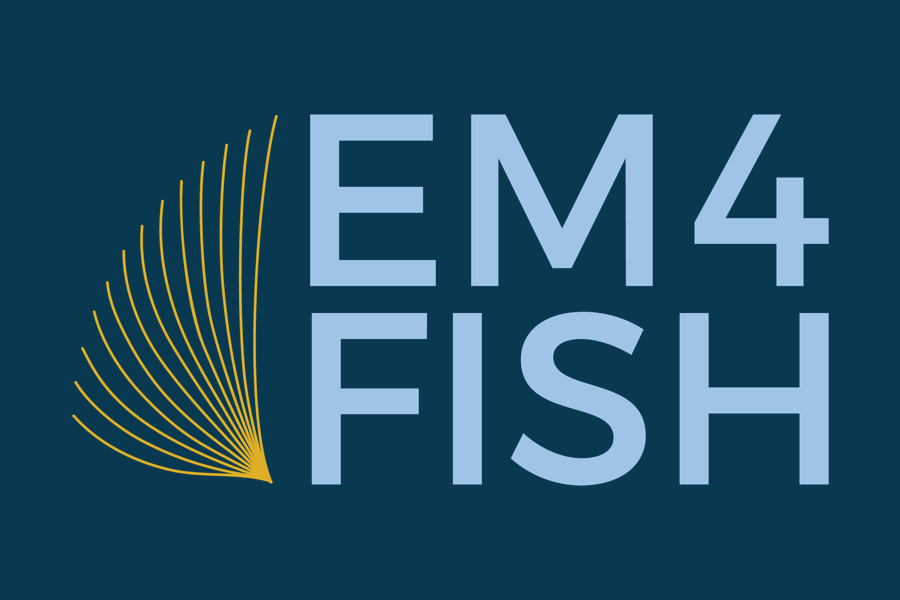McElderry, H and Meintzer, P. 2019. Unpublished report prepared for Fisheries and Oceans Canada by Archipelago Marine Fisheries Ltd., Victoria, BC. Canada. 40p.
Executive Summary
This paper is intended for the broad community of stakeholders who are involved in the design, implementation, operation, and evaluation of fishery monitoring programs. Although we focus on Canada’s Pacific Region as a case study for this paper, the methodology and observations we present apply to any fishery that is attempting to improve their catch monitoring systems. It is important to clarify that this paper is not intended to judge the adequacy of existing fishery monitoring systems, as we recognize that the choices made are often a trade-off between many factors. Instead, we seek to promote a more informed understanding of fishery monitoring design considerations, and to assist practitioners in determining if monitoring systems are achieving their goals.
Canada’s Pacific Region fisheries contain a diverse array of capture species, harvest groups and fishing methods; and the information systems that are built around these fisheries are equally diverse in structure and content.
Catch reporting has been defined in terms of an assortment of methodologies, called ‘catch reporting tools’ that provide data to an integrated information system, called the ‘catch monitoring system’. At a basic level, the tools are separated into two categories; those that acquire data supplied directly by fishery participants, termed ‘self-reporting’ tools, and those that involve dedicated investments to independently gather data from the fishery participants, termed ‘independent reporting’ tools.
The information needs of all fisheries contain data elements that may limit or conflict with the self-interests of the individual fishery participants. Therefore, data collected from self-reporting tools will always be subject to credibility challenges, whether justified or not. Other factors such as the complexity of the data itself and inconsistent methodologies may also create data quality challenges with self-reported tools. However, self-reporting tools are inevitable for many fisheries and therefore, continuous effort is needed to ensure fishery participant compliance with reporting responsibilities.
Independent reporting tools typically provide more credible and higher quality data, but often at a substantially higher cost than self-reporting tools – one or two orders of magnitude higher, in our experience. Because these tools involve methodologies that must align with the operational activities of a fishery, the cost for these tools varies widely from fishery to fishery due to different fishery characteristics and other external factors. As well, there are different service delivery options for these programs that influence cost and efficacy.
Within a fishery there may be multiple tools used to capture the full scope of information required. The integration of these catch reporting tools is a critical design process for a fishery. Several design considerations are presented in this document including the impact of fishery characteristics, efficacy of catch tools, cost factors, compliance issues, and coverage levels. Hence, investments in catch reporting tools should be the result of a deliberate and strategic planning process.
The strength of fishery monitoring systems should be routinely evaluated, and improvements considered. In our view, improvements to fishery monitoring systems lie with new tools, improvements to existing tools, increased integration of existing tools, and measures to strengthen compliance, particularly in fisheries with a high self-reporting component. Most Pacific Region fisheries already use the catch reporting tools most suited to their specific fishery characteristics and information needs and avenues for improvement lie with strengthening existing tools. Several improvement pathways were identified, including reduced timelines, increased coverage levels (e.g., independent monitoring), greater emphasis on participant engagement and the use of technology.
Recognizing that self-reported data are a component for most fisheries, and the only option for some, the level of catch reporting compliance is a key issue that potentially undermines the value of these information systems. With the complex coastal geography of the Pacific Region, increasing compliance through deterrence measures is likely to be very costly and ineffective. We believe that a strategy is needed to strengthen the ‘social contract’ for participant compliance with their catch reporting obligations. In particular, more attention should be given towards the participant’s normative motivations – measures that strength a fishery participant’s willingness to comply by reinforcing values such as the legitimacy of the regulations and management process, the importance of fishery information systems, the importance of participant contributions, and overall fairness across different user groups.
The methodology attempted in this paper – taking a whole region approach to characterize fisheries and associated catch reporting systems – points to the lack of a consistent, timely process for making basic Pacific Region fishery information available to the public. We believe that this methodology would be useful for any fishery jurisdiction seeking to demonstrate to the public (resource owners) that monitoring systems are sufficient to meet resource management and sustainability objectives.
In terms of Canada’s draft fishery monitoring policies, we believe there remains a gap in ‘policy to practice’ relating to decisions for determining the specific monitoring measures appropriate for each fishery. The high integration dependency among available tools and multiple design elements within specific tools indicates a need for a more systematic approach to monitoring program design. While it is recognized that monitoring needs should be evaluated on a per-fishery basis, some species occur in several fisheries. These “stove-piped” monitoring designs may result in unintended consequences for participant trust and confidence when certain species have poor monitoring in one fishery and adequate in another. Similarly, the siloed fishery by fishery funding approach limits cooperation across fisheries and makes it harder to collectively seek external funding partners.
Catch reporting tools have evolved rapidly over the past few decades with new technology, lower communication costs and improved integration among different tools. Fisheries agencies should foster these advancements by supporting industry and practitioners in developing and implementing new monitoring systems and products. DFO should strengthen its commitment to international fora that focus on improvements to fishery dependent information systems. In our view, Canada has a great deal of knowledge and experience to contribute in this arena.

